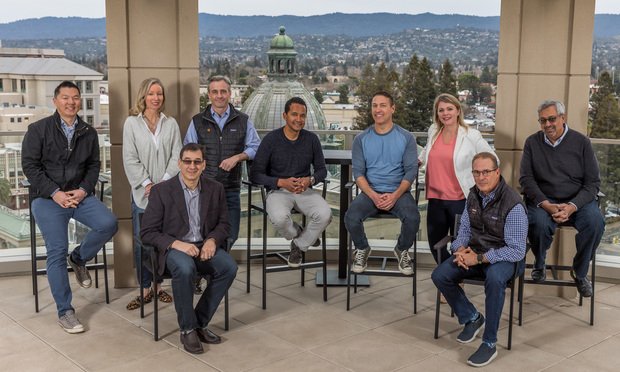The growth of GE Capital Real Estate's debt business would not have been possible without the effort of its national sales team, which spans some 60 professionals in 10 offices. Ed Coco, Atlanta-based senior managing director and national sales leader for GE Real Estate's North America division, oversees their activities. Having started his industry career in the early 1990s, doing RTC workouts, the executive has been through his share of market cycles. Here, Coco shares his take on how GE Capital Real Estate shifted its strategy to operate in the current market, while remaining a strong global and regional player.
The commercial real estate and finance markets have changed over the past few years. What have been the most significant shifts, and what do you expect to see in the next few years?
Many events, including the market dislocation, caused significant changes in real estate and finance. Overall, investment activity is improving but still 50% off the $500 billion seen in 2007, and it's focused on core properties in prime markets where values rebounded 65%. We've seen the competitive landscape shift, with foreign banks exiting and many domestic banks merging or going bankrupt, opening opportunities for lenders like us. We're also seeing a shift away from prime markets into regional markets that show strong job growth. We favor lending in this environment, where spreads are elevated, default rates are low, and values are increasing in most markets.
How has the firm shifted its strategy to position itself in this new era?
One of the most important things we did was exit the CMBS market in 2006, before the market fell apart. It was a tough decision at the time but a wise one. The CMBS loans we had in the market proved over time to be strong. We not only have a great track record originating for CMBS, but we also proved we knew when to stop. The market is back and we're quoting CMBS deals again. It's a complementary product to our bridge financing because, while the bridge product enables investors to stabilize assets, conduit financing provides a longer-term solution.
When dealing with borrowers, how do you differentiate yourselves in this market?
Investors come to us because we can get the deal done, small or large, and structure it to meet the borrower's needs. We offer financing with higher LTVs, and a more comprehensive capital solution that can cover CAPEX, TIs and leasing commissions. We're not all things to all people, but we offer the expertise of nearly 40 years in the industry.
Have investors changed their criteria for loans they're seeking?
For the past few years, we've been seeing bridge financing with three-year terms. More recently, we've seen the return of CMBS. We've also completed mezzanine financing deals, which are funded by the GE Capital Real Estate Debt REIT that we sponsor.
What advice would you give borrowers looking to secure financing in today's market?
Borrowers should focus on their property hold term. If it's a 10-year strategy, they should consider CMBS, banks and life companies, where they can get 60% to 65% LTVs and a great rate. If their hold term is shorter and the asset is a value creation play over the next three to five years, it's a strong fit for us. Once the property stabilizes, we can convert that three-year bridge financing into longer-term conduit financing. Most importantly, borrowers should want their lending team to have the expertise to evaluate assets and structure a deal that best meets their objectives.
Continue Reading for Free
Register and gain access to:
- Breaking commercial real estate news and analysis, on-site and via our newsletters and custom alerts
- Educational webcasts, white papers, and ebooks from industry thought leaders
- Critical coverage of the property casualty insurance and financial advisory markets on our other ALM sites, PropertyCasualty360 and ThinkAdvisor
Already have an account? Sign In Now
© 2024 ALM Global, LLC, All Rights Reserved. Request academic re-use from www.copyright.com. All other uses, submit a request to [email protected]. For more information visit Asset & Logo Licensing.








